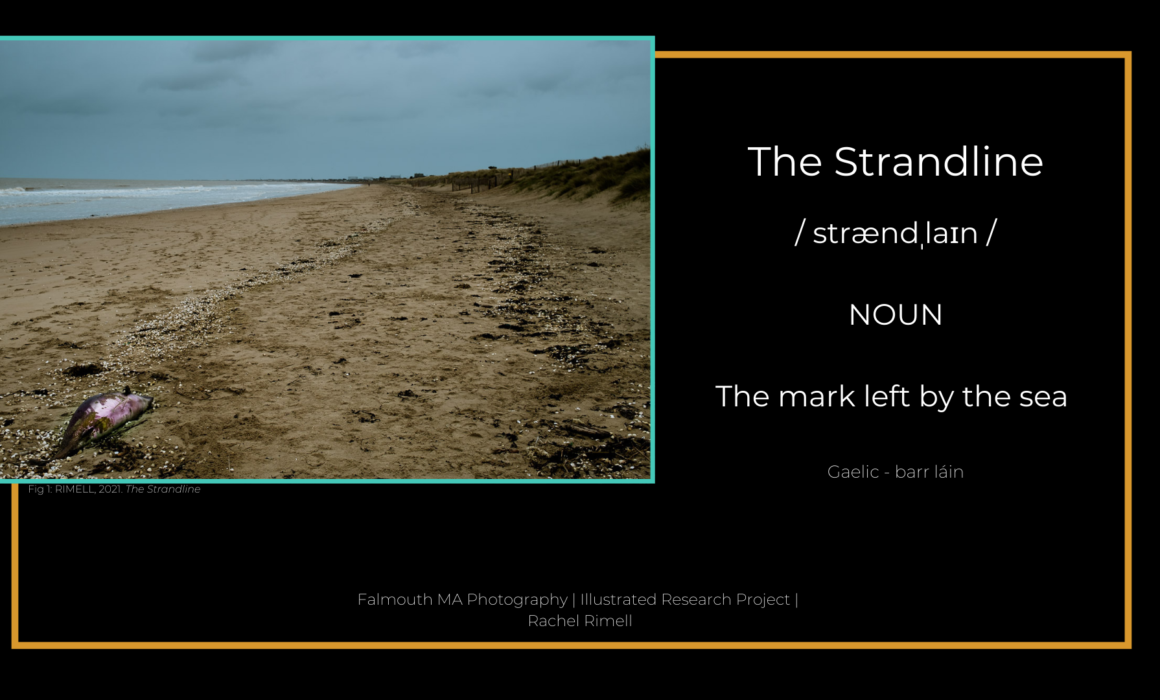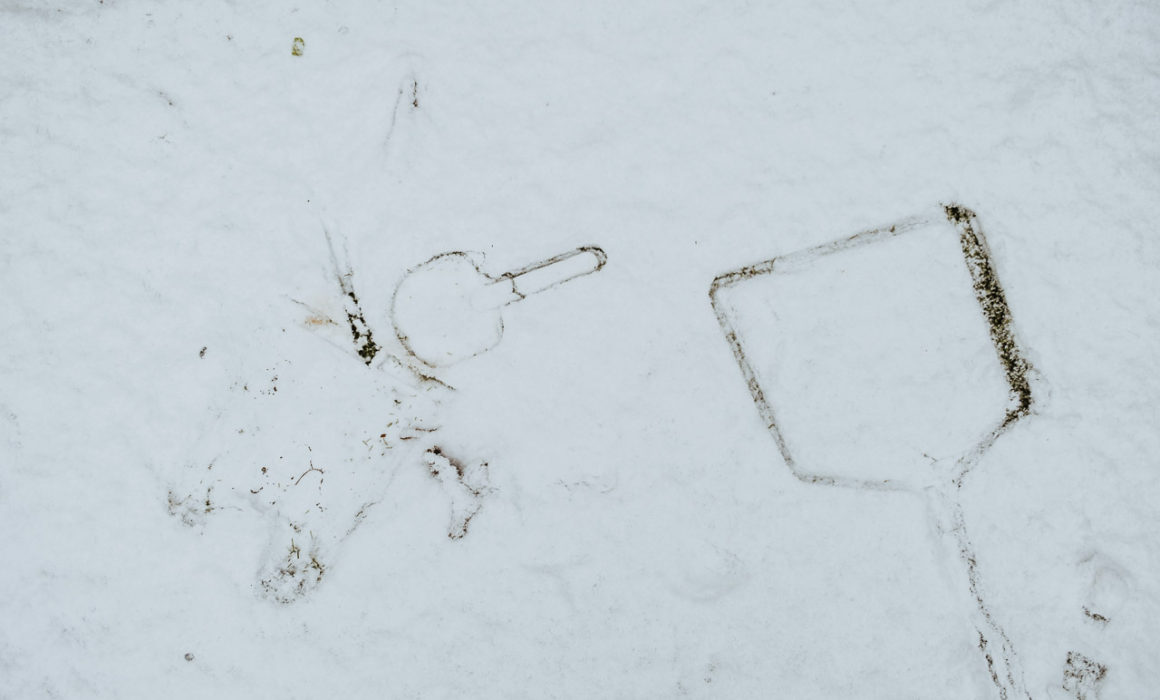After Photography | Positions & Practice
How the photograph relates to reality and social perceptions of the truth portrayed in a photograph is a complex relationship. There is certainly often a perception that a photograph shows reality – ‘the camera never lies’. Paradoxically in today’s world we have never been more aware of the potential for photo manipulation and doctoring which bears little relation to reality. Filters and photo manipulation are literally available at our finger tips in our phone apps and software to change an image immediately after it has been taken – to enhance the landscape before us, to present ‘our best selves’, to represent a completely alternate vision.
Read MorePhotography, Power & Others |Positions & Practice
The question of power balance is more at the forefront of my mind now than it would have been at the start of my practice. Starting out as a photojournalist the balance probably lay mostly with the audience in that the newspaper needed certain types of images and press photographers and photojournalists are generally trained to seek out those images, and in some circumstances manipulate scenarios for the purpose of illustrating a story.
Read MoreNature & Culture | Positions & Practice
Nature – our traditional interpretation and associations of the term – features quite frequently in my work from my Time and Place mini-project exploring the ‘nature’ and identity of a place to my current larger project looking at the sea.
Read MoreAudiences and Institutions | Positions & Practice
In today’s era of social media Instagram must be the largest audience for photos and reaching an audience than any other in the history of art works. And yet its proliferation is also its downfall as a means of promoting your work as it is hard to stand out from the crowd and everyone has a camera these days. As Jurgenson notes it is more of a conversation with an audience than a means of exhibiting and the very nature and volume of the work posted on there, means it rapidly disappears down the feed never to be seen again.
Read MoreWords and pictures | Positions & Practice
Text has often played an important role in my work, in particular in my Motherhood and Identity: Tattooed Mamas Breaking the Taboos and later in my Motherhood project.
While Barthes refers to the parasitic quality of text in association with images, I think this depends to a degree on context and the type of image.
Read MoreInterdisciplinary Practice | Positions & Practice
I have been increasingly exploring video and audio and incorporating them into my work flow and as a tool for expressing myself. In the last year I’ve made a couple of short mindful-based films exploring specific concepts, linked to my personal identity – namely the sea and my allotment. I’m intending to include some video and audio elements within my project on the sea – potentially voiceover and audio of interview subjects intermingled with video clips and photo imagery.
Read MoreThe Call of the Sea: IRP planning | Positions & Practice
Lockdown has forced me to think about me perspective on the sea in a more introspective manner than I’d intended when I started thinking about a project examining the sea and our relationship with it as individuals, but it has thrown up some interesting concepts and musings.
Read MoreAuthorship & Collaboration: A Response to The Nation’s Ode to the Coast | Positions & Practice
Exploring authorship and collaboration opens a whole can of worms in many respects but has also broadened my understanding of collaboration.
While I find it troublesome that works involving ‘found’ photos such as that of Schmid seem to sidestep questions of consent – both of the original photographer but also the subject – context does also play a part. Pieces made for the art gallery naturally have a more limited audience than those, for example, appropriated, amended, edited, re-purposed or simply recirculated without consent – but does that actually change the moral principle at stake?
Read More








